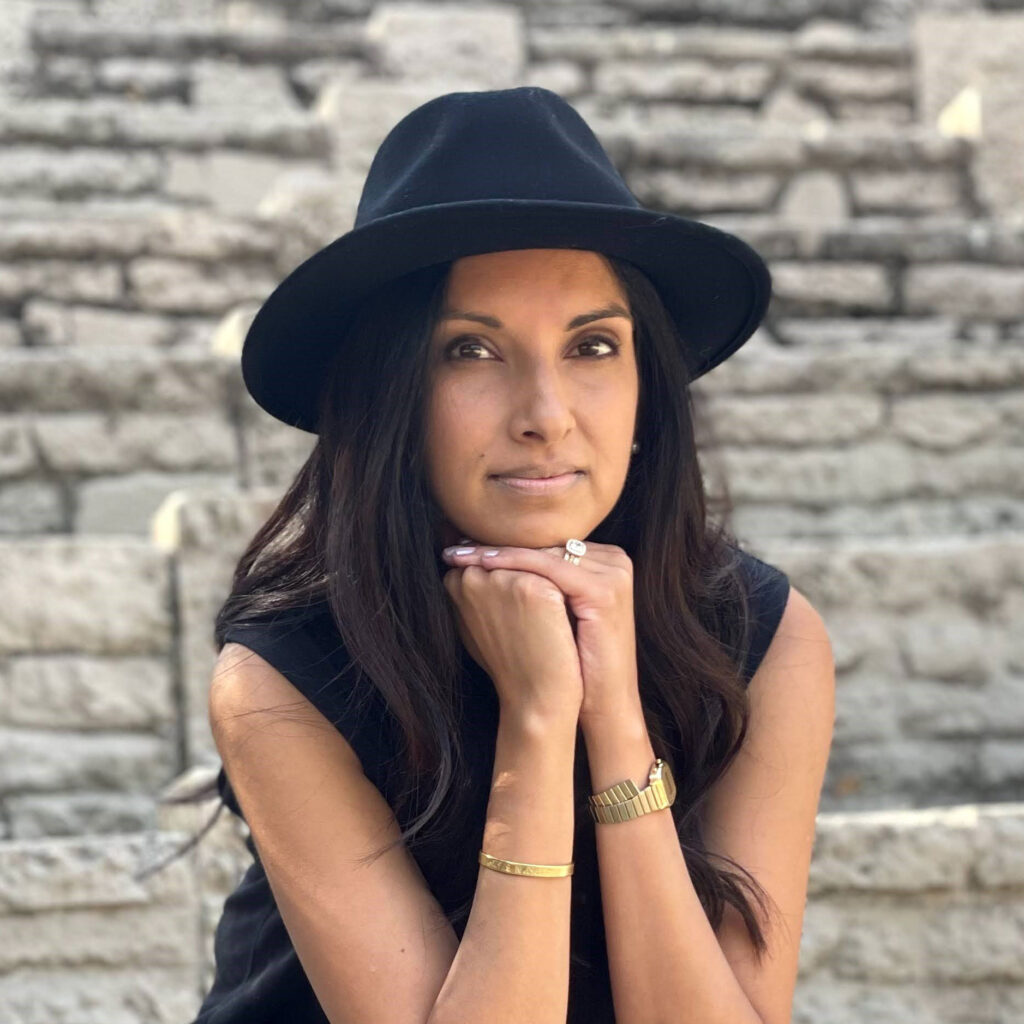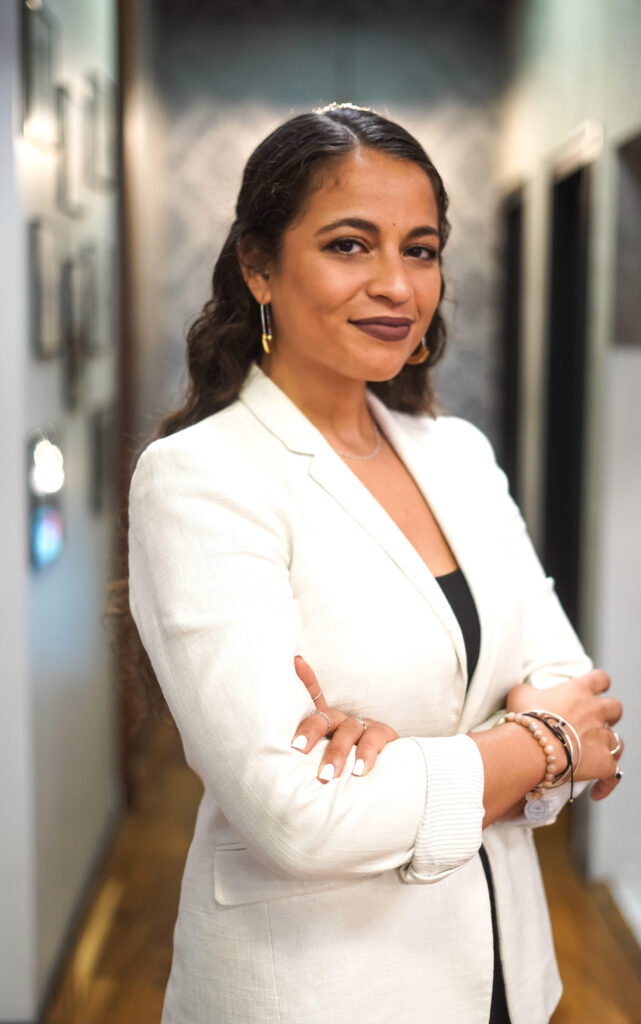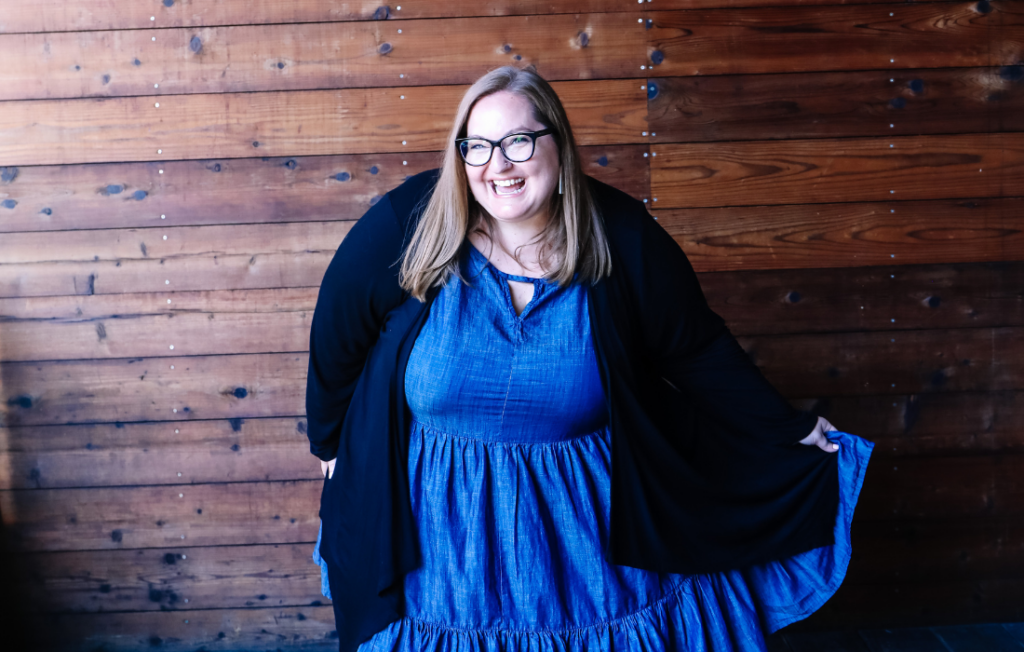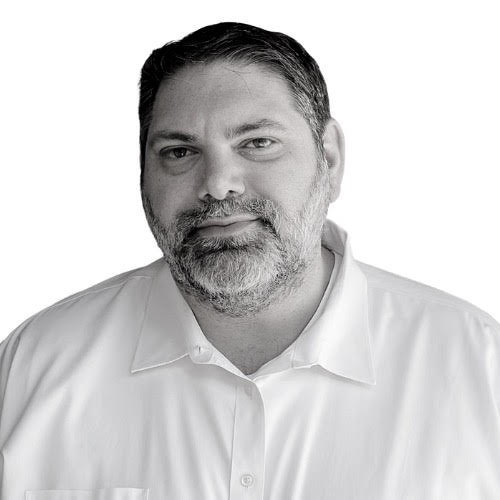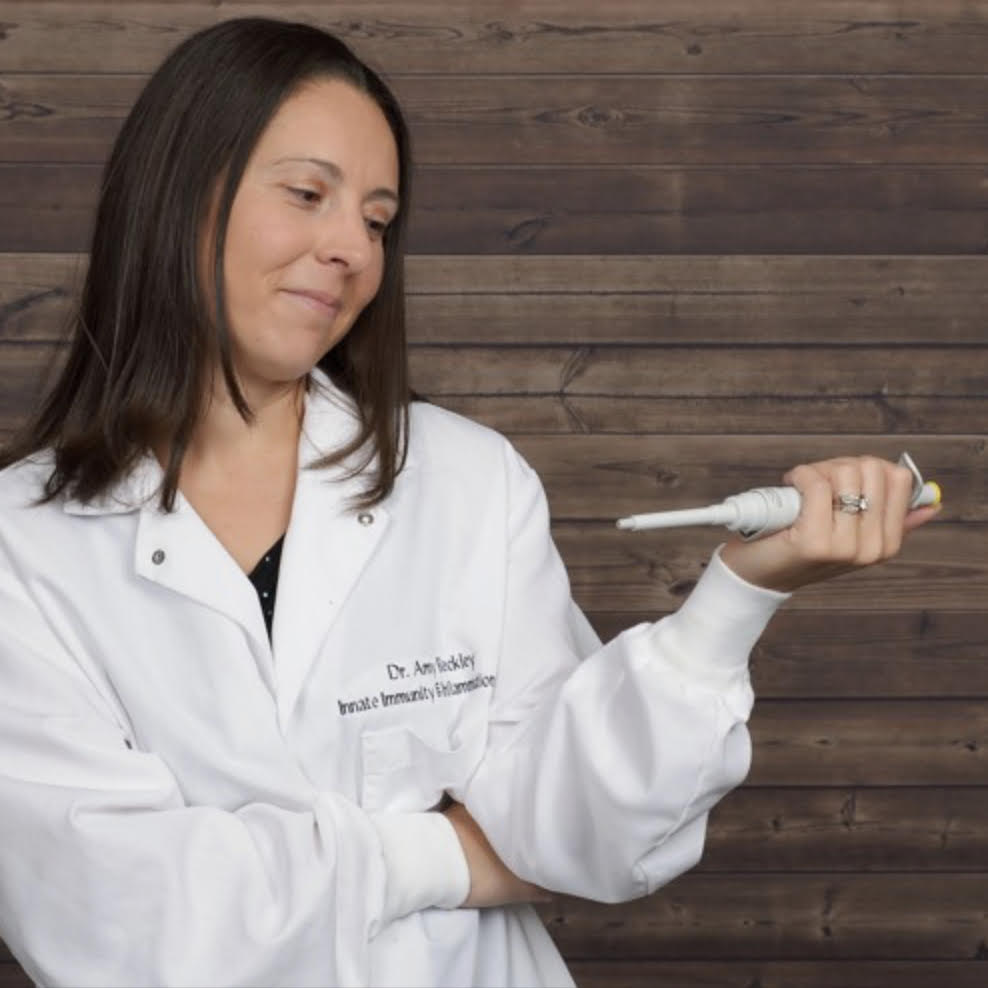Prenatal Body Balancing with Heidi of Mind Body Baby: Podcast Episode #181
Kristin chats with Heidi McDowell of Mind Body Baby about the benefits of prenatal body balancing. You can listen to this complete podcast episode on iTunes, SoundCloud, or wherever you find your podcasts.
Welcome. You’re listening to Ask the Doulas, a podcast where we talk to experts from all over the country about topics related to pregnancy, birth, postpartum, and early parenting. Let’s chat!
Kristin: Hello, hello. This is Kristin with Ask the Doulas, and I am so excited to chat with Heidi McDowell today from Mind Body Baby. She is the owner of the business, as well as an instructor of multiple classes. So welcome, Heidi!
Heidi: Hi. Thanks for having me.
Kristin: So you have such a broad background in everything birth, pregnancy, and baby. So you started out, of course, as a postpartum doulas with Gold Coast and then got certified as a birth doula. I was so fortunate to be your partner. And then you opened this amazing business, Mind Body Baby. You have such a broad background in yoga and very specialized certifications, and you also recently of course have gotten trained in this Body Ready Method, so I’m really excited to learn more about body balancing from you today.
Heidi: Yeah, absolutely. My background is just this obsessiveness about all things on the journey to motherhood. So anything fertility, prenatal, postpartum. I just recently finished my training with Body Ready Method with Lindsay McCoy, and that was so amazing. I always knew that there was a piece kind of missing to all of the teachings that I’ve done, all of the certifications, all the trainings. The big piece was always this anatomy physiology. Even going through my yoga training, we talk so much about yoga, but we talk about it in the anatomy context of yoga.
Kristin: Right, so different.
Heidi: It is so different. So when thinking about somebody who is pregnant or expecting, that birthing anatomy, as you know as a doula, changes so significantly that I knew that there was more that we could be doing in that pregnancy phase to be able to not only make pregnancy more comfortable but also to help with a more efficient birth with less interventions and perhaps even making that birth a little bit shorter, right, which then creates a better healing and postpartum, too. It was really exciting to be able to dive in and really just sink my teeth into a new training. I loved it so much.
Kristin: Yes, and as a doula, we love to have shorter labors. Our clients, of course, appreciate that.
Heidi: Right, absolutely. There’s not any person that is sitting there going, yes, I would love that long pain for labor. As a doula, we don’t want that for our clients, and we know that they don’t want that. We know that birth can unfold any way that birth is going to unfold, so it’s not about trying to hack the birth and make it go faster. A fast birth isn’t necessarily what we’re looking for. Nobody wants that, because that can be traumatic as well. But just making it to be more physiological where it isn’t needing the interventions that the medical model quickly tends to put on top of it.
Kristin: Yes. So Heidi, I know when we shared birth doula clients together, you were doing quite a bit of balancing, and they had beautiful, quick births. So I was just wondering if you could explain a bit about the prenatal preparation, what it looks like, for our listeners who are interested in finding a body balancing practitioner.
Heidi: Yeah, absolutely. So for me, body balancing is about being proactive versus being reactive. So as a doula, I can walk in and I can bring my magic bag of tricks, and I can jiggle and release and reposition. I can use my birth detective skills. I can do all the things in the birthing room. With my background in yoga and Spinning Babies and Body Ready, I can help to prepare the body during pregnancy. So again, with that comfortable – more comfortable pregnancy, and then also getting to know the body ahead of time. So what you can do during pregnancy, what you have available to you in terms of positioning, breath work, coping skills – that is the same that’s going to be available to you in the birthing room. And so being able to work with people before gives us that opportunity to practice and prepare. The idea, really, for me is that everything that we’ve done in this world – so everything from our own birth, every trauma that we’ve had, every habit, every pattern, is held in our tissues. We hold a baby on our hip; we put a purse on our shoulder. Those tissues have to modify, and those habits over time create an imbalance in our body. Our bodies were so beautifully constructed to be able to naturally birth, but we don’t live in a world that supports a balanced body. So we are asymmetrical humans. Every single person is. But then you add on top of that the pregnancy changes that come, and we’re now pulling the body out of alignment. And that alignment causes different pulls and tensions in the tissue, and our tissues are what are creating the shapes of the pelvis. So the pelvis isn’t a fixed entity, as you know. It has different joints in it. It’s got, like, four different joints. You can change the shape of the pelvis. The only way to change the shape of the pelvis, though, is by moving the tissue and moving the extremities connected to it. If there is asymmetry, it’s going to limit the space for baby to navigate. So baby will only navigate the space that you have provided. And all doulas probably know, head down is really great, but head down isn’t the only thing that matters.
Kristin: Right. Absolutely.
Heidi: The way that we’re looking at it is, how can we assess the body so that we can decide, okay, what part of your tissue needs to be lengthened, strengthened, released, relaxed, so that we can create more space, more movement, more function, to give you more comfort, give your baby more space, but then also be able to free that pelvis up so that when it comes time for birth, you can change the shape of that pelvis. We can get that sacrum released. Typically, a session with me looks like a one on one, and we go in, and I do a history. So we’re talking about, like, tell me about any traumas. Tell me about any injuries. Have you played sports? You’re thinking about, like, a one-side dominant, like a soccer or tennis. Those are going to change our tissues. Do you have kiddoes at home, that maybe those are compensating things as well. I can get an idea. And then we do a physical assessment. Let me look at your body. Let me see what I can see. In addition to all of my trainings, I worked with chiropractic offices for almost a decade before, so I also am very body-aware about alignments and understanding the way that the spine is connected. So I’m looking at all of those things and being able to assess the way you sit, the way you stand, the way that you walk. And just in that observation, that helps me to understand the way that your tissues are lengthened, which tissues are shortened, what is the tilt of your pelvis. The tilt of your pelvis changes with pregnancy, but that also means that you’re turning muscles off. Oftentimes the big one that gets turned off is going to be your glutes. In the body balance and the yoga world, I’d say that glutes are like the pelvic floor’s best friend because that’s going to be our big helper. So when we turn the glutes off, think like duck feet. It’s like they use it or lose it with the glutes, so people go duck feet, and then the pelvic shifts forward with the weight of the growing belly. Now the glutes are turned off, and the pelvic floor is like, whoa, where’d my friend go? I am taking this huge load, on top of the growing the baby, the growing the uterus, the placenta, the amniotic fluid. So you’re causing a lot of stress and tension to the pelvic floor, and it’s super, super loaded. And you want to think about it in terms of, if you were to do bicep curls all day, and then you’re like, hey, bicep, could you just relax a little bit now? And your bicep is like, no way, absolutely not. I’ve been working so hard, so tensed. That’s the pelvic floor. So we’re asking your pelvic floor to relax and yield and get out of the way for the baby’s head to pass through for a vaginal birth, and the pelvic floor is like, no way. I can’t. You have been putting so much force on me. So when we think in terms of balancing, we want to turn back on the muscles that need to be turned on to take some of the load off of the ones that we need to relax. And it doesn’t always just mean stretching. I think people think yoga, and they’re like, okay, I need to stretch. I need to relax. There’s so much more than that.
Kristin: Focus on your breath, yes. There’s a lot.
Heidi: Yeah, so much more than that. I could go for days. But that’s kind of it in a nutshell. It’s which ones need length, strength, relaxation, and knowing how to combine that for your body specifically to make sure that you are then getting what you need.
Kristin: I love that it’s customized to each individual’s needs versus – again, I mean, a yoga class is wonderful and is great for the movement and the breath work and things that you can utilize during your labor, but combining that with balancing is key. I know with the clients we’ve worked with, you saw them multiple times, and ideally, early in pregnancy. Would there be a benefit for a listener who was very close to their due date to get balancing done, or is it optimal earlier, like second trimester?
Heidi: Yeah, so it is beneficial at any point. We see the most benefit when it’s done consistently because for lasting change to happen in the tissue, it takes time. That’s really the ultimate goal. We don’t want just a quick fix. There’s a lot of releases and things that doulas can do in the birthing room that create short term – like, sidelying release. That’s like a short term release. So we want to think like long term tissue change. So if somebody were to come to me, say, like, maybe we meet, like, first trimester, second trimester, third trimester, and then again right before birth, that would be like the ultimate, the most beneficial in my opinion to see. But if somebody is gearing up towards their due date, I do what I call induction due date body balancing, the idea being, let’s look at what’s going on and see if we can’t help baby get a little bit more space, get into that head down, chin tucked, most optimal position; help you feel more comfortable so that the odds of moving through a more comfortable, shorter, more functional birth are possible for you.
Kristin: I love that. So for clients who have pending induction, that would be a good point to again get their body ready in a more natural way before the induction.
Heidi: Yeah, and it’s not even just induction. Like, due date just in general, just to help to prepare the body just before that guess date is coming up.
Kristin: Yeah. But certainly I know many of my clients are asking for natural options to ready their body if they know all along through pregnancy that at 39 weeks they’re going to be induced due to various medical issues. Also, you had mentioned head down. So if a student of yours or client has a breech baby, then what is your success rate, or what can you do positioning wise besides a doula, you know, sending their client to an acupuncturist or a Webster certified chiropractor?
Heidi: Those are really great, super beautiful. Combining – so we know Spinning Babies. That’s probably the most popular and the most easily accessible for doulas and also for clients to find. And I do a lot of that, a lot of the forward leaning inversions, but I couple it with the Body Ready Method, the body balancing. So if I have a client who has a baby that isn’t in a great or the most optimal position, I will do all of the tissue releasing first. So we want to think, baby isn’t in a great position because perhaps baby doesn’t have enough room or enough space. So we want to create the space first, and then I’ll end it usually with the forward leaning inversion where we take baby out of the pelvis, so we’re giving baby all that space to come, to flip around, to do what baby needs to do. And then now that we’ve made space in the pelvis, we’re going to invite baby back into the pelvis by flipping back up from that forward leaning inversion, and now the hope is that baby came back into the pelvis, has a little bit more space to move about, and can decide to get head down. We know that these methods work. We know that they’re only popular because they work. So being able to help, I know that’s a big fear of a lot of clients, a lot of practitioners. Baby’s not in a great position, or baby’s breech. That can cause a lot of fear into the mamas. So being able to help and assist and just to calm; we add in a lot of the nurturing yogic side, a lot of affirmations of trust for the body, knowing that your body is doing everything beautifully, that we just have to trust the process, and we can get there. It’s just going to take a little bit of time, but we’ll get there.
Kristin: Yes. So you mentioned Spinning Babies, and many of our doulas are Spinning Babies trained. I’ve benefitted so much from the two-day workshop. It is definitely a reference for doulas, even if they haven’t been trained. They send resources to clients about different positions to try during pregnancy, and then of course we suggest different positions during labor. So what – you obviously combine both methods, but could you explain a bit about the concept of Spinning Babies for our listeners who are not familiar?
Heidi: Yeah, so the idea of Spinning Babies is that there is an optimal medical model of how the babies could or should be born with the most ease, and that means that they’re positioned in a specific way within the belly. And Spinning Babies has a lot of beautiful tools. So they have, like, daily exercises that you can do. They have different movements that you can do to help take baby and flip baby if they’re breech or to get baby into the most optimal position, using a set of different positioning tools, and it kind of works off the same idea, that the tissue release plus the movement helps to get baby into the most optimal position for the birthing.
Kristin: Yeah. And as far as just general searches for our listeners who are not located in West Michigan, where Mind Body Baby is located, how do they find a Body Ready Method practitioner near them?
Heidi: So if somebody is Body Ready Method trained through Lindsay McCoy, you can go onto their website, and you can look for a pro in your area. So once you get trained, you then get certified. You have the option to want to be come an active pro with their site, and they’ll list you on there. If you go on there, you won’t see me yet because I haven’t completed my listing, but I am a pro on there. But that is where you can access a pro. You can also find them on Instagram and follow along. She’s got a lot of beautiful tips and tricks.
Hey, Alyssa here. I’m just popping in to tell you about our course called Becoming. Becoming A Mother is your guide to a confident pregnancy and birth all in a convenient six-week online program, from birth plans to sleep training and everything in between. You’ll gain the confidence and skills you need for a smooth transition to motherhood. You’ll get live coaching calls with Kristin and myself, a bunch of expert videos, including chiropractic care, pelvic floor physical therapy, mental health experts, breastfeeding, and much more. You’ll also get a private Facebook community with other mothers going through this at the same time as you to offer support and encouragement when you need it most. And then of course you’ll also have direct email access to me and Kristin, in addition to the live coaching calls. If you’d like to learn more about the course, you can email us at info@goldcoastdoulas.com, or check it out at www.thebecomingcourse.com. We’d love to see you there.
Kristin: Love it. So do you have any stories to share about working with your students with this method, or any personal tips or tricks?
Heidi: Yeah. I mean, let’s think for a second here. What’s a good one? They’re all so good. Some of my very favorite ones are still going to be some of my first ones because I think those are the ones that surprised me the most, going like, oh my goodness, it worked. So I’ll give you, like, just a little quick backstory. My own labor and birth, I needed to be induced. I was 42 weeks, and my daughter was just not in the mood to come out of my body. So we opted for an at-home induction with our midwife, and it ended up in a 52-hour labor where I then got a fever and needed to be – I needed to have a Cesarean section. And it left me thinking and wondering, what else? What could I have done to prepare my body more? I was already a prenatal yoga teacher. I thought I was doing all of the things. But it left me wondering, what more could I have done? What was going on in my body that wasn’t letting this baby drop, that wasn’t letting me dilate? Was it just that it wasn’t – that was my birth that was meant to happen? I don’t know. Maybe. But that’s where my deep dive came. And so after that, I went deep, deep, deep into the hole of anatomy and physiology to try to figure out what else I could do to help other mamas so that they didn’t end up with a 52-hour labor. So my first couple clients that I started integrating this with, my very first one, Logan, was amazing. She worked with me. We worked together biweekly, I think, for about four months. We did yoga, body balancing, and really just helped her to get mentally and physically prepared, understanding that her birth goal was that she wanted an unmedicated, natural, vaginal birth with no interventions. And she went into labor spontaneously with her first baby, and I think baby was born within maybe eight hours. And for a first time mama, that was beautiful for me to see.
Kristin: Yeah, that’s quick.
Heidi: She knew exactly how to position her body, and I was able to be – I don’t want to say hands off, but because she knew what we were doing, and I didn’t have to use all my doula tricks. I didn’t have to break out the big bag of stuff that sometimes I might need with somebody who hasn’t prepared their body during pregnancy. So just like that proud mama moment for me where I’m, like, watching her be so strong and fierce because her body was just so ready. She prepared. She knew what she was doing. And I was like, yeah, this is it. It worked. And I felt so happy for her to be able to get what she wanted. It really just – I mean, that ultimately – as a doula, you can agree. We just want to see them feel empowered and feel so strong and just transcendent birth. That’s what they’re looking for.
Kristin: Yes, for sure. Even if it doesn’t go as they envisioned, knowing that they did so much to prepare and they understand the physiology of their body, and they’re working as a team with their baby. It’s just – it is exactly what we want as doulas.
Heidi: Yeah, so much. It’s so amazing. And that’s really the other part, too. It’s not – this is not a guarantee, right? Just doing the work isn’t going to say, like, yes, your baby will be born exactly how you want because you did the work. We’re not setting expectations up for failure. We don’t want anybody to think that this is, like, the end-all, be-all and it’s amazing and you have to do this or otherwise it won’t work for you. But the idea is that you stack the deck in your favor. So if you knew that you could do something that had a beautiful success rate in helping you to get that physiological birth with less interventions, and it would be more comfortable and less painful – like, would you want that? If somebody would have said to me that this was available, if I would have known it was available, I would have been doing it. I wish I would have known about it because then perhaps I wouldn’t have had a 52-hour long labor.
Kristin: Right. Well, thank you for bringing this method to West Michigan! Tell us a bit more about your course. Obviously, our listeners can work one on one with you, but you have a push prep course?
Heidi: Yeah, we just started our third cohort of our course last night. So my course is called Push Prep. Push Prep – the idea behind it is that most if not all of the classes or courses that are recommended are childbirth ed. They are more of an educational, mental preparation. Even if somebody is doing something like a gentle birth or a HypnoBirth, those are beautiful. This isn’t in place of that. This is in addition to it. Those are like, how do you mentally prepare the mind for what you’re going to come across, what to expect. Push Prep is childbirth education meets physical preparation meets practice. Thinking about the idea, again, that you have to find out what’s accessible within your own body before you hit the delivery space. You have to understand your body. We talk so much about alignment, posture, habits. We go into comfort measures that you have within yourself. Talk about breath work, different breath work that we’re now practicing pushing breath work. We’re practicing labor breath work. How you can create optimal birthing spaces. It’s a lot of beautiful stuff. And then we cover poses. We talk about the different poses that are changing the shape of the pelvis and when those should be used. So the inlet, the mid-pelvis, the outlet. But then we’re actually practicing them and we’re kind of building atop that with yoga. So each week, we have a different topic that we cover. It’s a four-week series. And we build each week using yoga as our base. So it’s a little education to start. We end with some yoga that ties into whatever the theme of the week was. So we just started our third one last night, so I’m still on a big high from it. I love it so much. I think it’s so necessary. It’s just been working so great, and I hear so much positive feedback from all of the students who have taken it so far, saying it’s just been their favorite, their best. They felt so prepared and empowered no matter how it unfolded. They knew they had those tools in their toolbox, and they definitely used them.
Kristin: And I’m sure this is probably similar in prenatal yoga class, but your students are bonding. They’re going through the journey together at the same time. So that’s also a lovely experience now that things are back to in person.
Heidi: Absolutely, yeah. Community is such an important part. That’s actually why Mind Body Baby exists is for community. I went through my fertility journey feeling a little ashamed about it, not knowing anybody else who was going through that, and I was alone. And then I became a mama in February 2020, right before the pandemic shut down in March, so I had a pregnancy that was all alone. And then I gave birth in November 2020. The world was still shut down. I was all alone. And I thought, oh my goodness, if there’s anybody going through this outside of the pandemic, if anybody feels isolated or alone, it’s completely unnecessary. We need to have a space where people can come and they can feel supported and understood and seen and heard and they can just get all of their resources in one space, and it will grow with them. And with a one-year-old and still halfway in the pandemic, I was like, you know what I should do? I should open a business. And it was a wild choice, but I knew that it was something that we needed so strongly in our community just for people to be able to come together and uplift each other and support each other and to just build those friendships.
Kristin: And you have childcare, and many classes where baby’s involved. So it is; you’ve built a lovely community there. Thank you for everything you’re doing. How can our listeners find you? I know you have your website, and you’re on social.
Heidi: Yeah, the website. Social is Mind Body Baby Yoga.
Kristin: I know you’re on Instagram, Facebook?
Heidi: Yeah, Instagram and Facebook. That’s where they can find us. In addition to our in-person classes – so if somebody’s listening and they are not in the Grand Rapids area, we also offer virtual options. So from anywhere in the world, you are able to join our virtual classes. They are live, so time difference make a difference, probably, but you’re still able to join a class and be a part of the community and get what you need.
Kristin: I love it. So any final thoughts to share?
Heidi: Oh, my goodness. I mean, I’m just so happy to be able to do this work and to be able to be in this space and be in the company of other amazing birth professionals like you, Kristin. And I just hope to be able to continue to educate and to learn and to help and to show up with the best bag of tricks that I can for everybody.
Kristin: I love it. Thank you so much for the work you’re doing. It was lovely to catch up. Have a great day!
Heidi: Yeah, thanks, Kristin. This was great.
Thanks for listening to Gold Coast Doulas. Follow us on Instagram, Facebook, and YouTube. If you like this podcast, please subscribe and give us a five-star review. Thank you! Remember, these moments are golden.
Prenatal Body Balancing with Heidi of Mind Body Baby: Podcast Episode #181 Read More »



